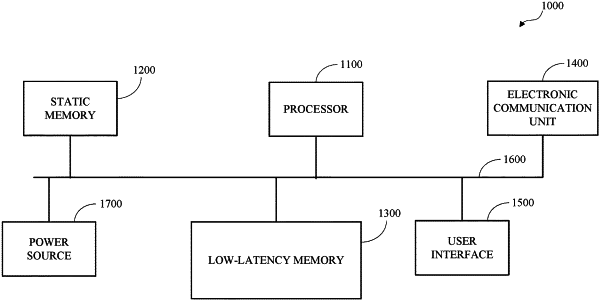| CPC G06F 16/212 (2019.01) [G06F 16/248 (2019.01)] | 20 Claims |

|
1. A method for automatic data modeling in a low-latency data access and analysis system, the method comprising:
obtaining, by a low-latency data access and analysis system, first data expressing usage intent in the low-latency data access and analysis system;
identifying, by the low-latency data access and analysis system, an analytical-object stored in the low-latency data access and analysis system in response to the first data expressing usage intent;
generating, by the low-latency data access and analysis system, an analytical model generation data-query for the analytical-object;
obtaining, by the low-latency data access and analysis system, a trained analytical model automatically generated in accordance with the analytical model generation data-query and automatically trained using predicate results data obtained in accordance with the analytical-object, wherein, prior to generating the analytical model generation data-query the trained analytical model is unavailable in the low-latency data access and analysis system;
storing, by the low-latency data access and analysis system, an analytical model-object representing the trained analytical model in the low-latency data access and analysis system;
obtaining, by the low-latency data access and analysis system, second data expressing usage intent in the low-latency data access and analysis system;
generating, by the low-latency data access and analysis system, a resolved-request representing the second data expressing usage intent, the resolved-request indicating a request for results data obtained using the trained analytical model;
generating, by the low-latency data access and analysis system, an analytical model results data-query for obtaining the results data in accordance with the trained analytical model and the analytical-object; and
outputting, by the low-latency data access and analysis system, data for presenting a visualization of the results data obtained by executing the analytical model results data-query, wherein a first portion of the results data corresponds with the analytical-object and a second portion of the results data corresponds with the trained analytical model.
|